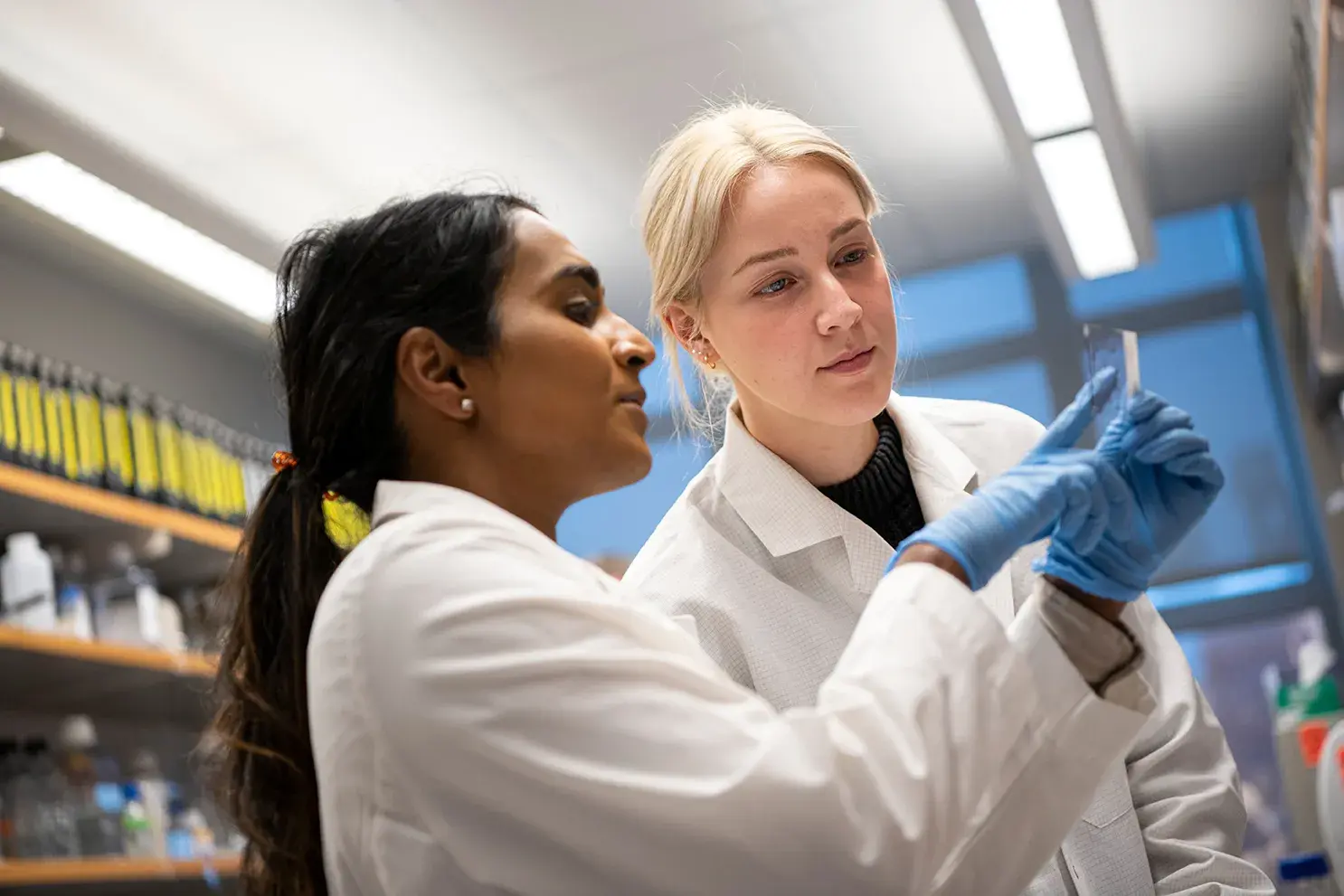Impact
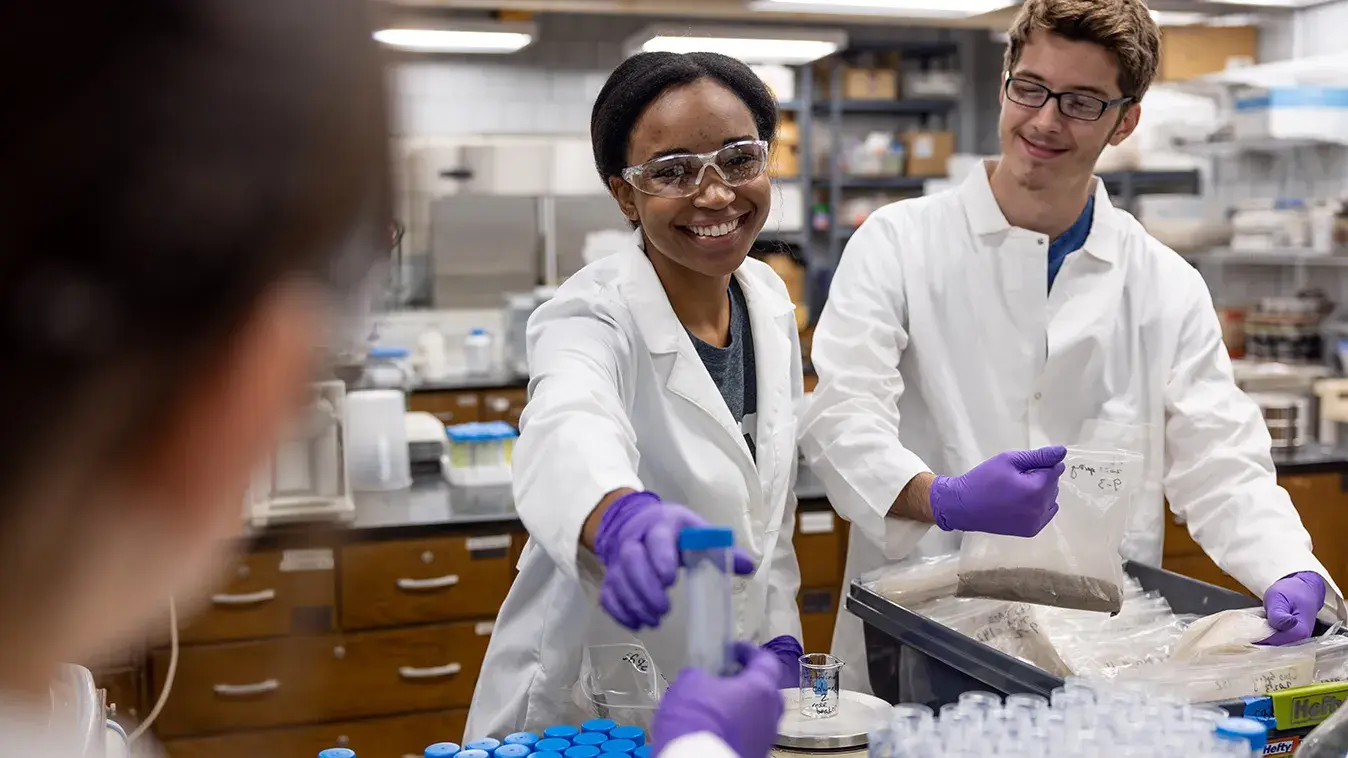
Everyday gifts, extraordinary impact
We’re proud to celebrate the historic success of Time and Change: The Ohio State Campaign, made possible through support of our generous donors. From life-changing scholarships to research that pioneers solutions, your gifts — no matter the size — create ripples of transformation. Each act of giving opens new pathways for students to pursue their dreams, for faculty to innovate fearlessly and for our shared vision of a better world to become reality.
“The culture at Ohio State is a magnet that draws you in and allows you to build not only a team, not only friends, but a family. That feeling of community is not limited to campus — its worldwide. You have a family — a feeling that we are all Buckeyes.”
Open the door to their stories
Behind every breakthrough at Ohio State are the doors opened by donors who chose to invest in potential. Explore how your generosity uplifts individuals and changes lives, introducing a world of possibilities one Buckeye at a time.
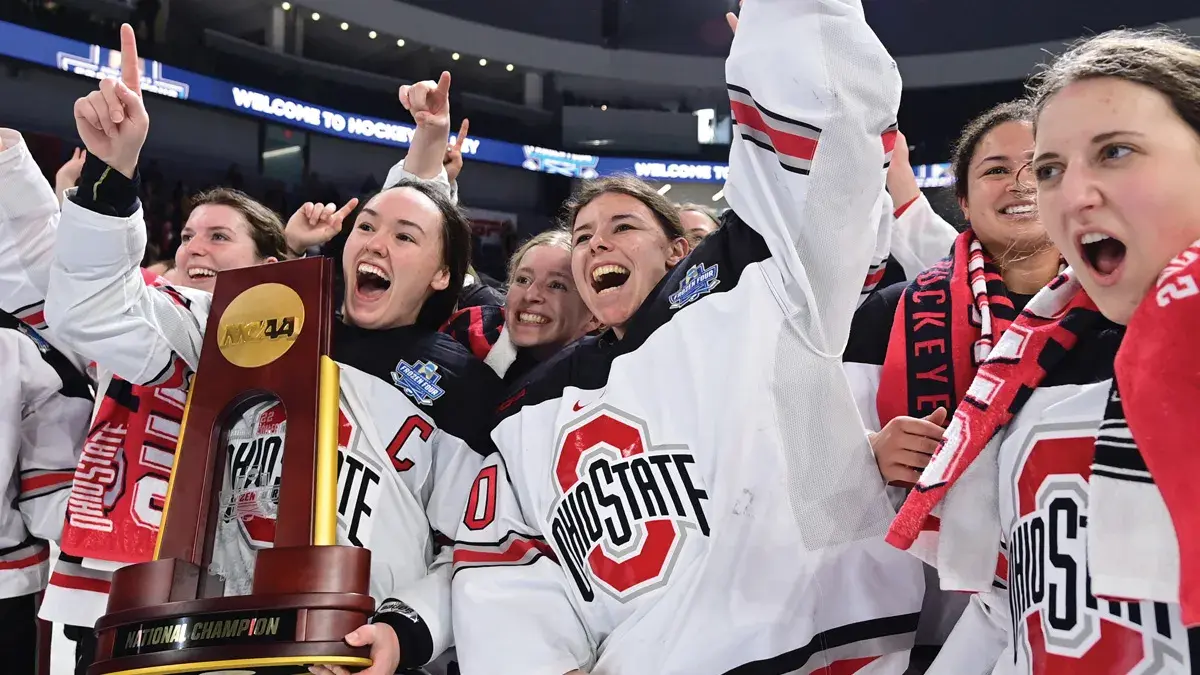
Athletics
Open the door to athletic greatness, fueling leaders in competition, in the classroom and beyond.

Environment
Open the door to groundbreaking environmental research, driving sustainable solutions for our planet.
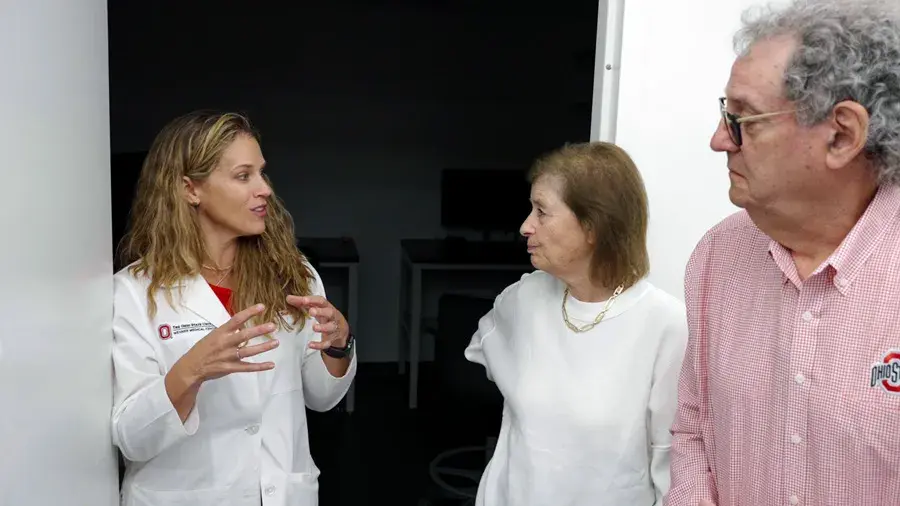
Health & Medicine
Open the door to innovation and new technology, paving the way for pioneering medical discoveries that improve lives.
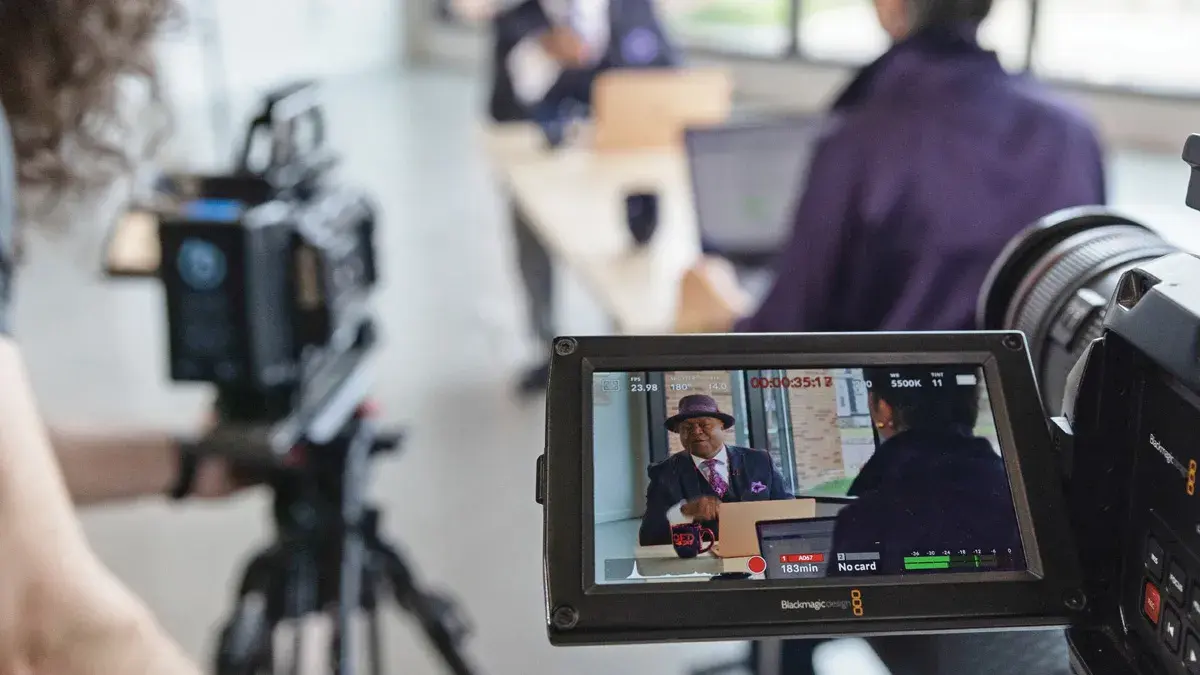
Public Media
Open the door to classrooms statewide, inspiring learners of all ages and informing and enriching our communities.
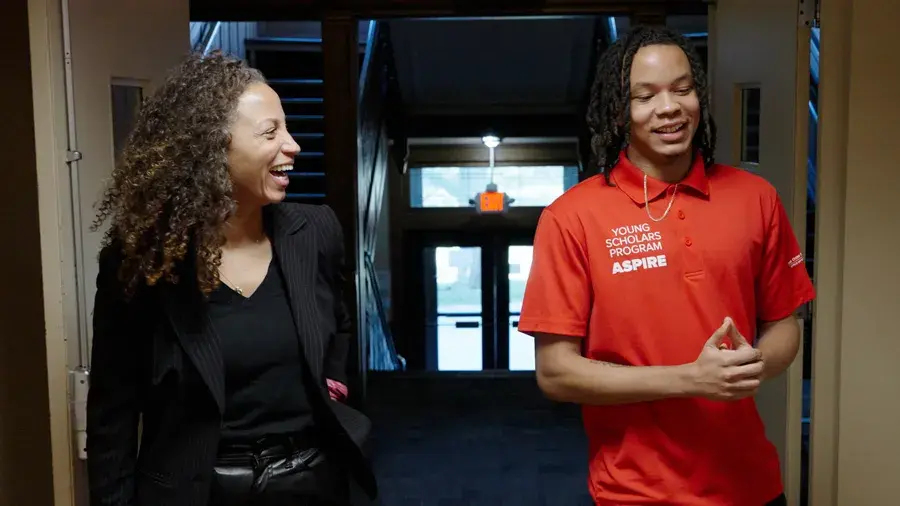
Student Support
Open the door to Ohio State students working boldly in the pursuit of their dreams.
